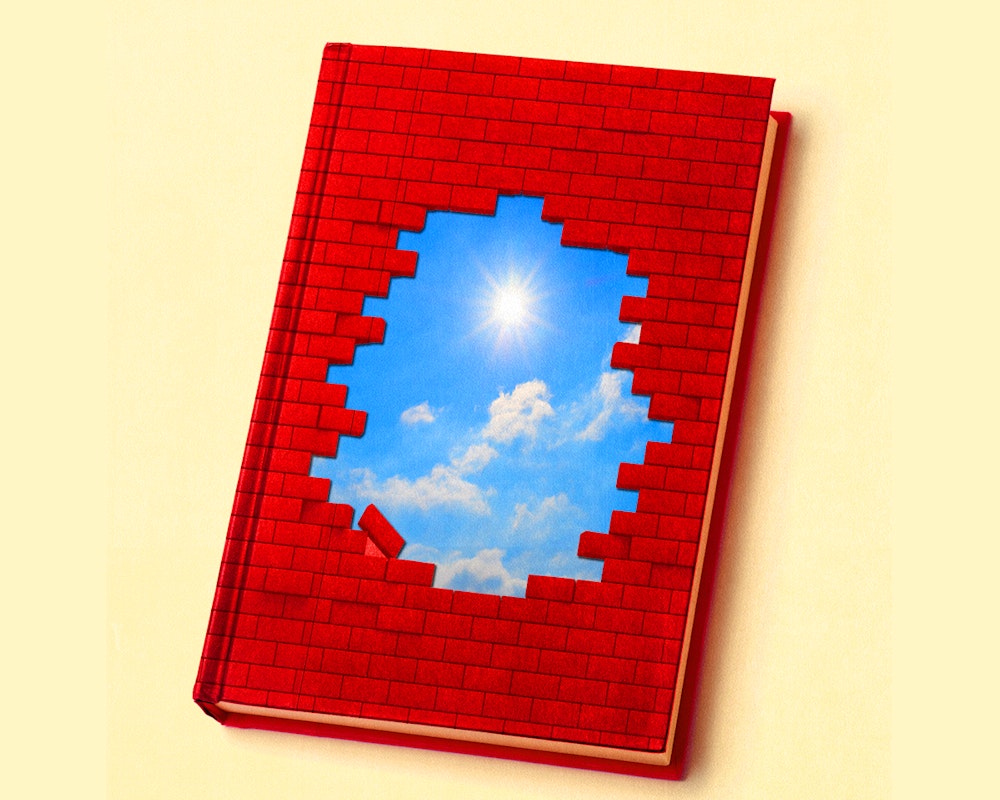
Of Transcendent Value
What we can learn from the past to defend academic freedom today
As part of an ongoing strategic planning process, at its April 2022 meeting, the Board of Directors of the American Association of Colleges and Universities (AAC&U) unanimously approved a revised mission statement—to “advance the democratic purposes of higher education by promoting equity, innovation, and excellence in liberal education.” The statement reaffirms the association’s foundational belief in higher education as a public good—a concept more important than ever amid the current all-out assault on academic freedom. From bans on the teaching of critical race theory and other so-called divisive concepts and mandated surveys assessing the viewpoint diversity of professors to pressure to change course content and syllabi on controversial issues and threats to eliminate tenure, such tactics undermine higher education’s public purpose and weaken our democracy.
This is certainly not the first time that political ideology has been used to undermine the free exchange of ideas and the unfettered pursuit of the truth on college and university campuses. The Civil War, World War I, and the McCarthy era in the late 1940s and 1950s each provided a backdrop for attempts to rout out and dismiss faculty for their political affiliations or for espousing certain points of views. However, the recent surge in efforts by legislators, governors, and governing boards to curtail academic freedom by dictating what can be taught, and by whom, is especially alarming at a time when campus leaders are still grappling with the impact of COVID-19, a period of racial reckoning, and the prospect of a lost generation of college students.
In 1940, AAC&U and the American Association of University Professors (AAUP) jointly issued the “Statement of Principles on Academic Freedom and Tenure.” Its central tenets regarding academic freedom were that institutions of higher education are conducted for the common good, as opposed to furthering the interest of individual faculty or the institution; that academic freedom is fundamental in protecting faculty’s rights in teaching and students’ freedom in learning; and while professors should be careful not to insert controversial matters unrelated to their subjects into their teaching, they are entitled to freedom in the classroom in discussing their topics. In 1967, the Supreme Court upheld these widely recognized principles in Keyishian v. Board of Regents, which involved a Cold War–era loyalty law that required administrators in New York state to investigate the political beliefs and associations of public employees, including professors. The Board of Regents of the University of the State of New York attempted to comply with the law by mandating that employees sign a loyalty oath denying that they were or had ever been communists and vowing to refrain from “treasonable or seditious” speech or acts. Harry Keyishian was among a group of faculty members at the University at Buffalo who refused to sign, under the threat of dismissal, on the grounds that the requirement was a violation of their rights.
In deciding the case, the justices focused on whether the requirements compelling public servants to renounce communism were so overly broad and vague as to be unconstitutional. The 5-4 majority answered yes. The Keyishian case is especially relevant to legislators’ recent attempts to impose certain political, religious, and philosophical beliefs on faculty and students. In particular, the circumstances of the case mirror the broadness and vagueness of recent educational gag orders and attempts to limit faculty speech critical of the state. The ruling is also instructive because it identifies academic freedom as a right protected by the First Amendment. Writing the majority opinion, Justice William Brennan Jr. declared, “Our Nation is deeply committed to safeguarding academic freedom, which is of transcendent value to all of us, and not merely to the teachers concerned. That freedom is therefore a special concern of the First Amendment, which does not tolerate laws that cast a pall of orthodoxy over the classroom.”
Today, the pall of orthodoxy has indeed been cast upon classrooms across the country, from Texas to Florida, and is once again being used to conceal knowledge. If colleges and universities are to fulfill our nation’s historic mission of educating for democracy, they must remain steadfast in their commitment to developing independent thinkers who are mindful of the dangers of ideological filtering, capable of discerning the truth, and eager to invite the free exchange of ideas. This, in turn, requires both individual and collective action, speaking out in support of academic freedom, decrying attempts to control the curriculum and subvert the autonomy of colleges and universities, and resisting efforts to diminish the concept of higher education as a public good. In her book Priests of Our Democracy: The Supreme Court, Academic Freedom, and the Anti-Communist Purge, First Amendment scholar Marjorie Heins notes the expansive amount of time between infringements on academic freedom throughout the 1950s anti-communist purge and the Supreme Court’s proscribing this activity in 1967. Not until we learn from the past will we be able to avoid the same mistakes in the future.
Illustration by Paul Spella